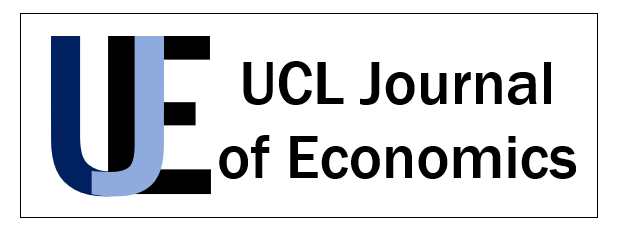Abstract
Union membership rates have been declining in the US since around 1950. After Congress allowed states to pass Right-to-Work (RTW) laws in 1947, 27 states have enacted legislation that outlaws the requirement of joining a union as a condition of employment. Existing research suggests that these RTW laws increase the free-rider problem for union organizations and reduce union membership, therefore decreasing union bargaining power and both union and nonunion wage rates. The value of unions in the US labor market is not the focus of this brief, although I give some background on that issue as motivation. Past literature has yielded suggestive results, but more recent literature employs modern research designs that plausibly conclude RTW diminishes union membership and union power in states after it is enacted.
Keywords: Unions, Policy Analysis, Economic History, Right-to-Work Legislation
How to Cite:
Whitaker, N., (2022) “Policy Brief: Right-to-Work Legislation 1947—Present in the United States”, UCL Journal of Economics 1(1), 111–120. doi: https://doi.org/10.14324/111.444.2755-0877.1398
Downloads:
Download Galley
View PDF
2154 Views
163 Downloads

